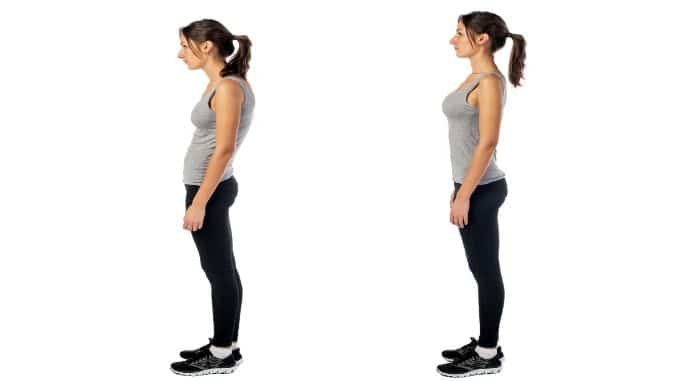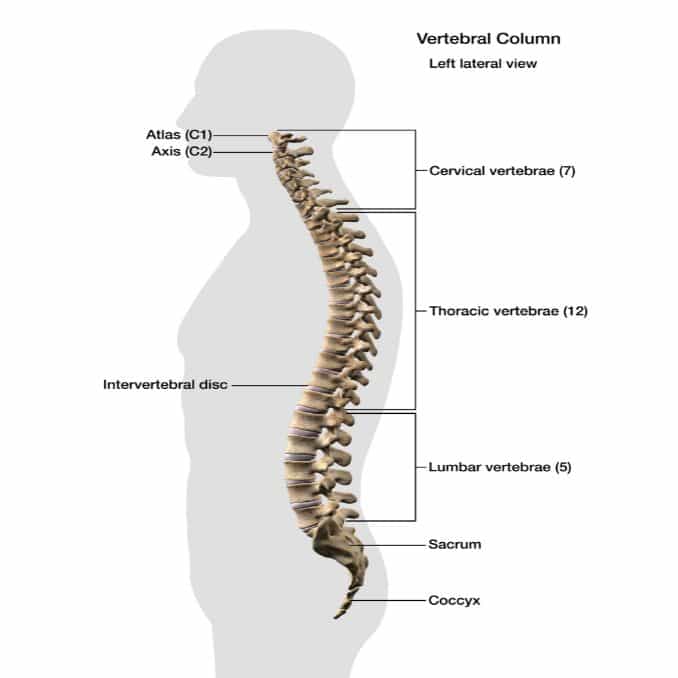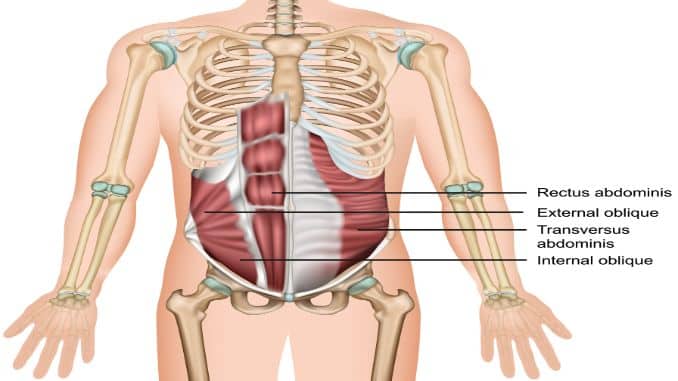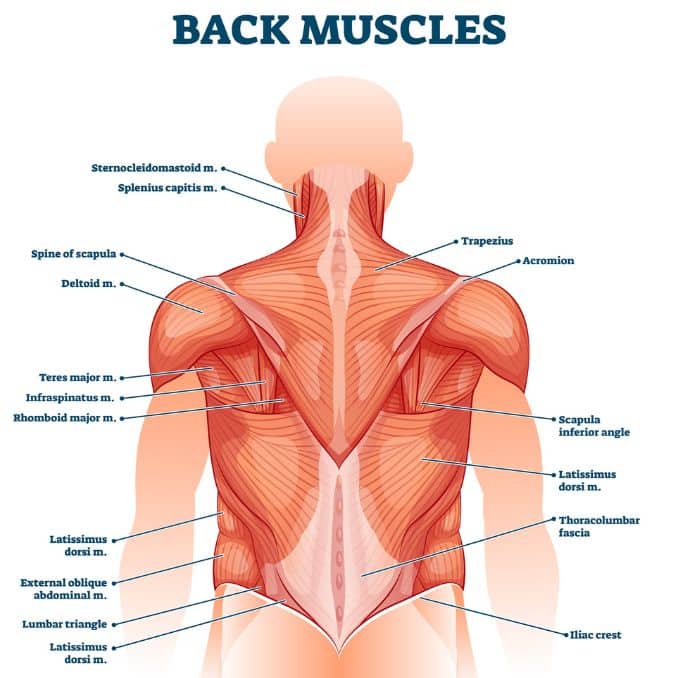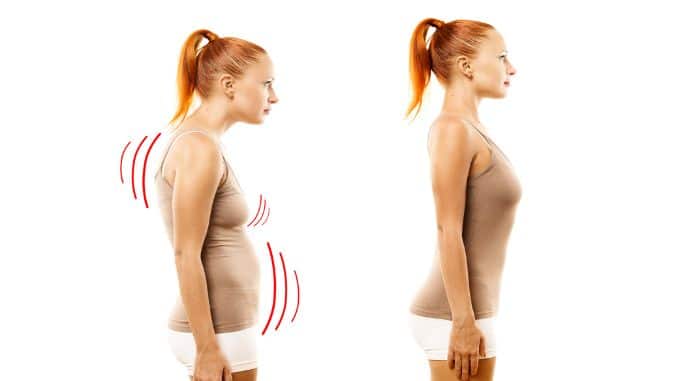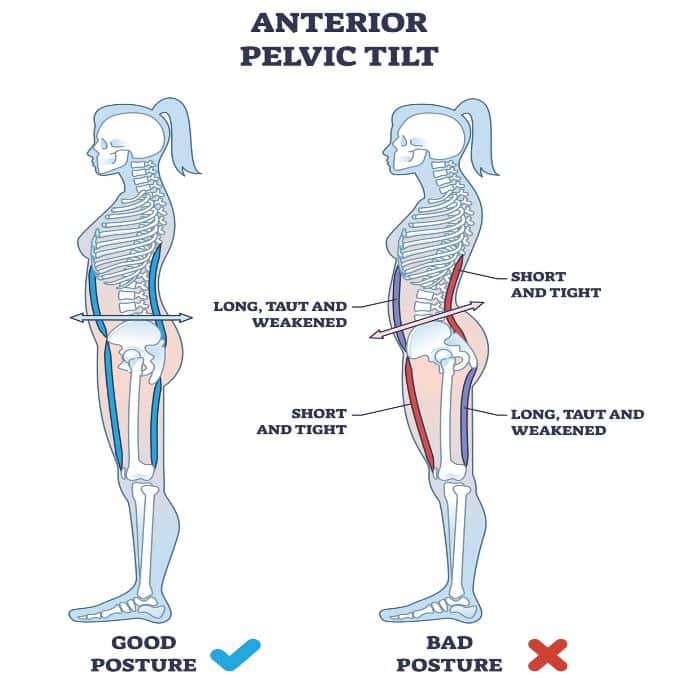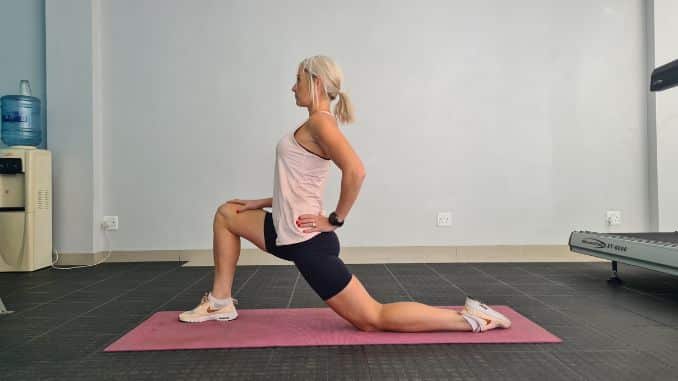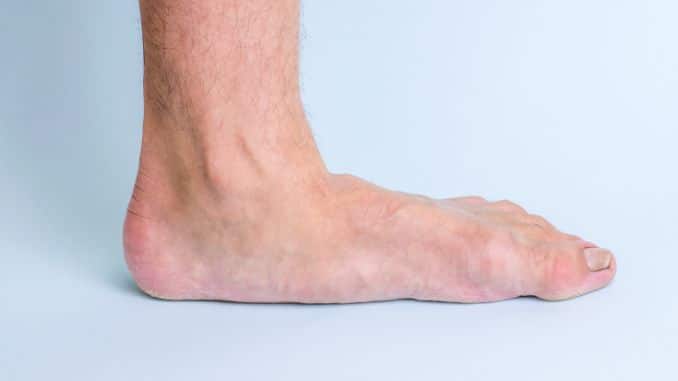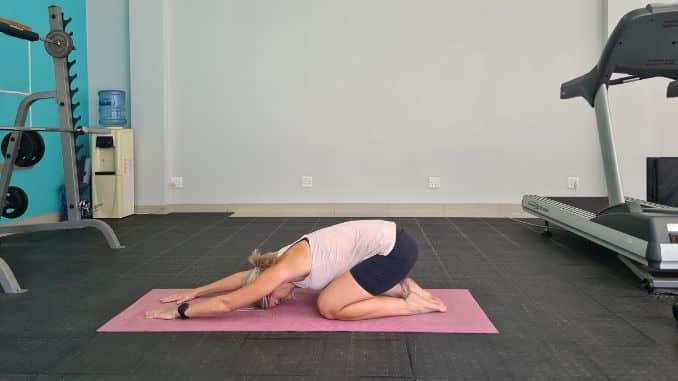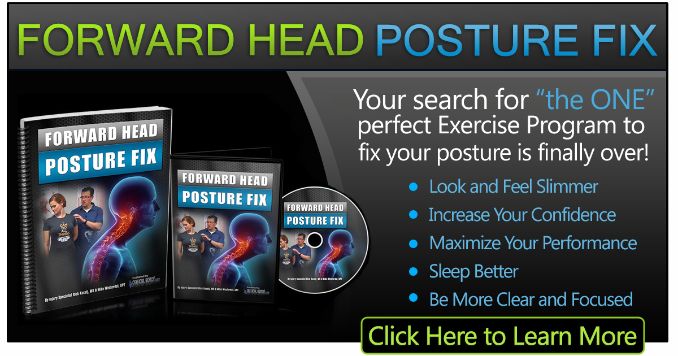
Have you ever looked in the mirror and observed that you have rounded shoulders? Potbelly? Head that either leans forward or backward? Accompanied by occasional headaches? Back pain? Muscle fatigue and more? Then you may have problems with posture. Explore effective posture correction exercises to alleviate these issues and improve your well-being.
You may ask what does having a good posture means? Having a good posture doesn’t mean having a “perfect” one. It only means that your body, whether standing or sitting, is neutrally aligned to reduce stress on muscles and joints and prevent possible injury to the body. A lot of people may be aware of having a bad posture but are unsure what it is and what other effects it has on our bodies.
What is Posture?
Posture is the way one holds the body against gravity. There are two types of posture: dynamic and static. Dynamic posture refers to the way one holds the body when moving such as walking, running, or jumping. Static posture refers to the way one holds the body when you are not moving such as sitting, standing, and sleeping. To be able to have a good posture, both dynamic and static must be maintained.
The Anatomy of the Spine
The spine takes the most important role in good posture. Maintaining the spine’s three natural curves: at your neck (cervical), mid back (thoracic), and low back (lumbar) will result in this. The cervical forms an inward curve, while the thoracic forms an outward curve, followed by the lumbar spine which forms an inward curve. Together, these three curves form an S-shape and help in maintaining balance, facilitating a full range of motion or mobility, and absorbing shock when moving.
The Spinal Column’s Pillar of Bone
The spine has 33 vertebrae (small bones) that are stacked up to each other and form the spinal canal. It houses the spinal cord and nerves and protects it from injury. It has five segments: cervical spine, thoracic spine, lumbar spine, sacrum, and coccyx.
- Cervical (neck)
Has seven vertebrae (C1 to C7). Allows you to turn, tilt and nod your head.
- Thoracic (middle back):
Has 12 vertebrae (T1 to T12).
- Lumbar (lower back)
Has Five vertebrae (L1 to L5). The Lumbar bears the body’s weight and supports the upper part of the spine.
- Sacrum
It is a triangular-shaped bone located after the lumbar spine. It forms the back of the pelvis.
- Coccyx
Below the sacrum are 3 to 5 small bones that fuse together naturally. Sometimes called tailbone or coccygeal vertebrae.
Spinal Column’s Pillar of Bone Functions
A. Mobility
Allows your body to move and be in an upright position
B. Support
Serves as your body’s central support structure
C. Protection
Designed to protect the spinal cord
The Spine Movers: Discs, Facet Joints, Ligaments, & Muscles
The spine isn’t only made up of bones, but also a number of supporting structures such as the discs, facet joints, ligaments, and muscles.
1. Discs
These are called intervertebral discs. They are composed of a soft, jellylike center (called nucleus pulposus) that is enclosed in a tough, and rubbery exterior (called annulus fibrosus). It acts as a shock absorber of the spine.
2. Facet Joints
These are also called zygapophyseal or apophyseal joints. These are small pairs of joints located in between the vertebrates at the back of the spine. Each one has a cartilage (slippery connective tissue) that enables the vertebrae to slide against each other. It helps in ensuring smooth movement is achieved. It also helps in stabilizing spinal movements like flexion (bending forward), extension (bending backward), and twisting.
3. Ligaments
Different kinds of ligaments are present in the spine to connect the vertebrae, discs, and facet joints. It helps in stabilizing the spinal movements too. It is made up of strong, tough, bands of tissue that allow the spine’s bones, discs, and joints (facet joints) to move within a limited range.
4. Muscles
Small and large muscles help in supporting the spinal column and mobility.
Postural Muscles
Muscles also play an important role in maintaining a good posture. Good postural muscles lead to good posture. Postural muscles, or what we call core stability muscles are the muscles in your abdomen, pelvis, and back.
-
Abdominal Muscle
Located toward the front of the body, between the ribs and the pelvis. There are five main muscles in the abdomen.
-
- External obliques.
- Internal obliques.
- Rectus abdominis.
- Transversus abdominis.
-
Back Muscles
The main structural support for your trunk (torso).
-
- Latissimus dorsi (lats)
- Levator scapulae
- Rhomboids
- Trapezius (traps)
Common Postural Problems
Here are some of the most commonly encountered postural problems:
A. Forward Head Posture
Forward head posture is a common postural problem among people who spend most of their time using smartphones and computers. It is caused by poor neck posture. Normally, the head is aligned with the cervical spine. However, in forward head posture, the head is positioned in front of your shoulders.
Here are some simple stretches and posture correction exercises to counteract forward head posture.
B. Chin Tucks
Can be done to help strengthen your neck muscles.
- Sit or stand with your head straight and chin parallel to the floor.
- Pull your chin back towards your chest as if making a double chin.
- Start with 5 repetitions and hold the end position for about 5 seconds. You can then progress to a 10-second hold with 10 repetitions.
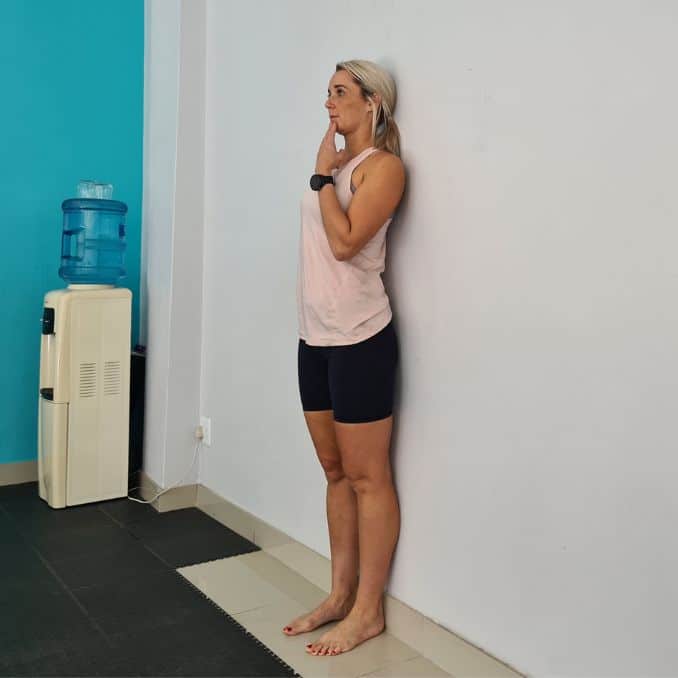 |
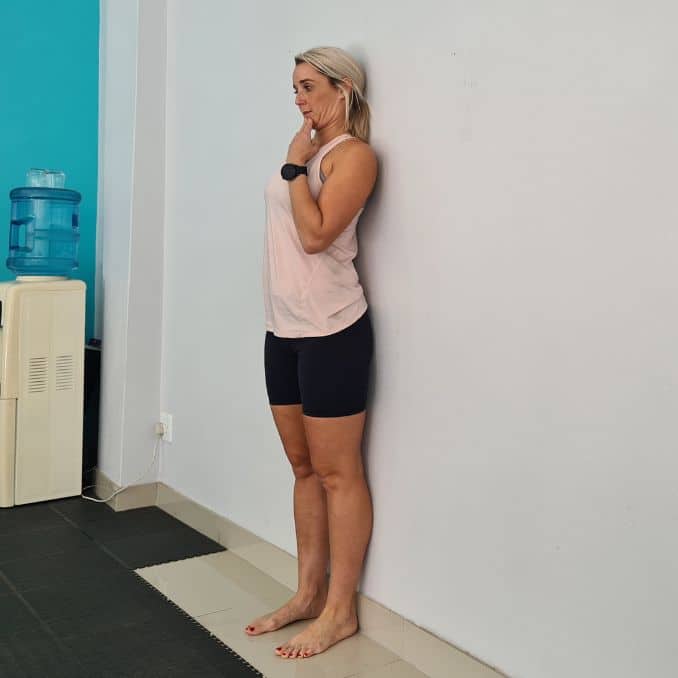 |
 |
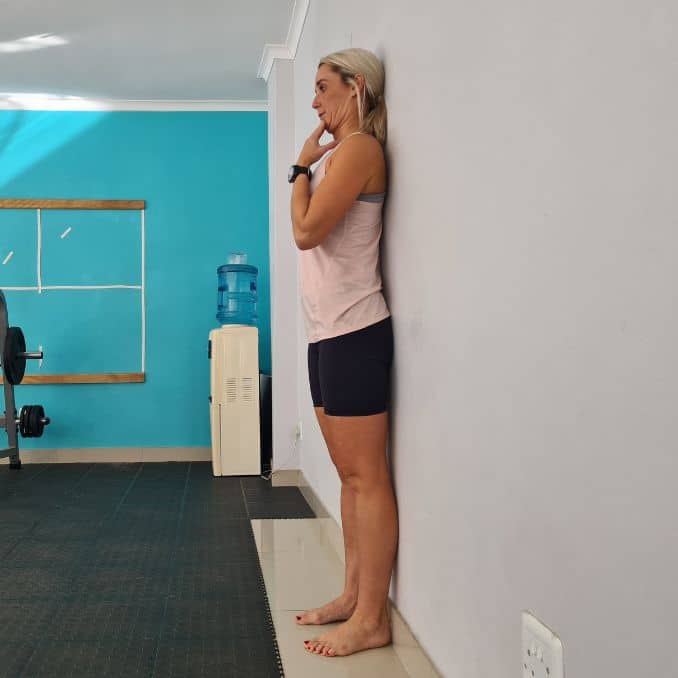 |
C. Forward Neck Stretch
- Start with the basic chin tuck.
- Put your other hand on the top of your head, and gently pull your head toward your chest until you feel a stretch.
- Hold the stretch for 20 seconds, 10 repetitions.
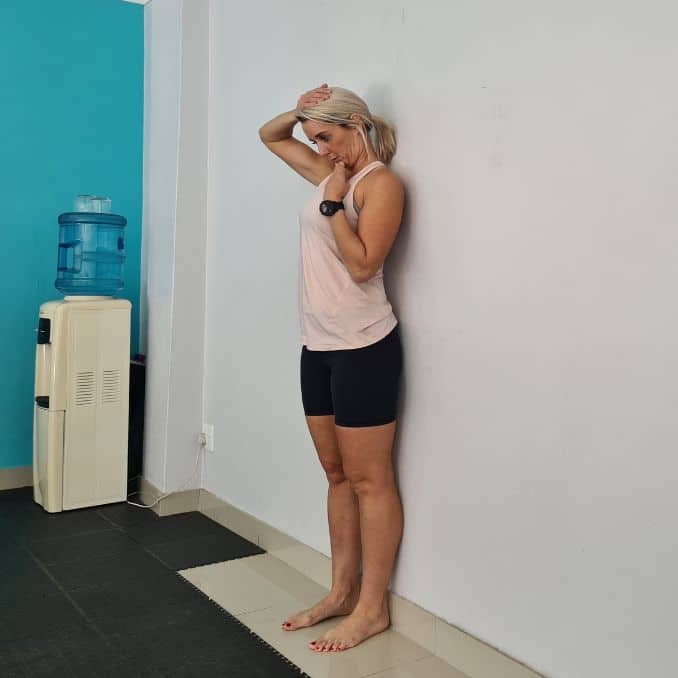 |
 |
D. Anterior Pelvic Tilt
Prolonged sitting and lack of physical activity may lead to Anterior pelvic tilt. It is when the front of the pelvis rotates forward, and the back of the pelvis rises.
Posture Correction Exercises
With stretching and strengthening exercises, the pelvis can be returned to a neutral position. Here are some of the posture correction exercises:
1. Lunge (Hip Flexor Stretch)
Begin in an upright standing position, maintaining proper alignment with your head, shoulders, and hips. Take a big step back with one leg, keeping your toes pointing straight ahead. Bend your front knee and lower your back knee toward the floor, tucking your pelvis backward. Hold this position for 30 seconds to a minute. Return to the starting position and repeat the movement on the opposite side.
2. Quad Stretch
Lie on your side with your head resting on your hand, keeping your shoulders, hips, and legs in alignment. Contract your core, and then bring one heel up against your seat, holding your foot with your hand. Hold this position for 30 seconds to a minute. Relax and repeat the posture correction exercises movement on the opposite side.
 |
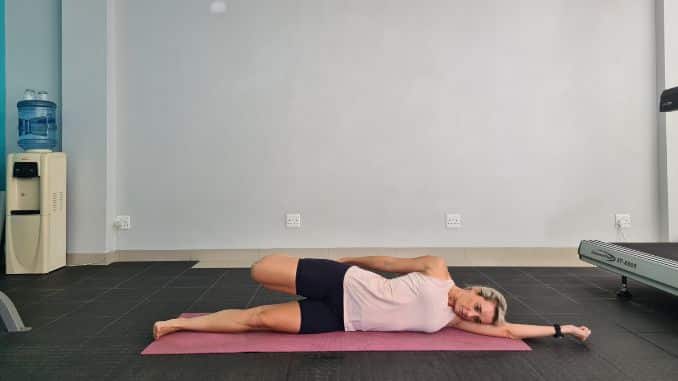 |
3. Leg Extension
Lie on your back on the floor with your knees bent and feet flat on the floor, relaxing your upper body. Extend your arms out to the sides. Contract your core, then straighten one leg off the floor, keeping your toes pointing toward the ceiling. Bend your knee to return to the starting position and repeat the movement on the opposite side.
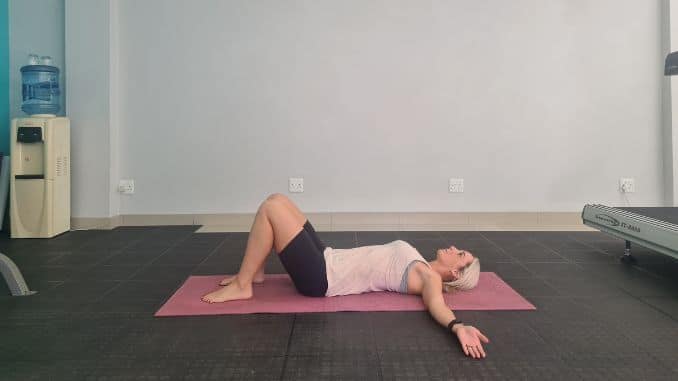 |
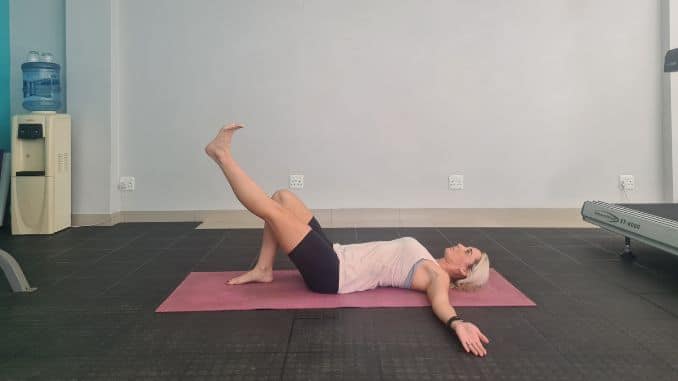 |
4. Glute Bridge
Lie on your back on the floor with your knees bent and your feet flat on the floor, relaxing your upper body. Extend your arms out to the sides. Contract your abdominal area and tilt your pelvis down, lifting your tailbone off the floor. Push from your heels to lift your hips, squeezing your glutes at the end position. Return to the starting position and repeat the posture correction exercises movement.
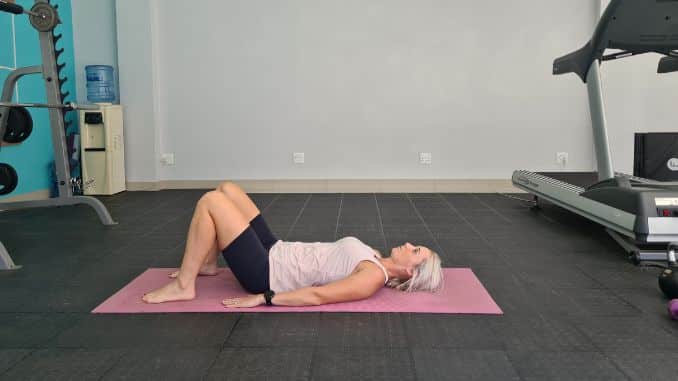 |
 |
5. Plank
Move into a four-point position, with your knees below your hips and your hands beneath your shoulders. Move into a forearm plank position, maintaining proper alignment with your head, shoulders, hips, and toes. Hold this position for 30 seconds to a minute. Relax to return to the starting position and repeat the posture correction exercises movement.
6. Flat Feet
Flat feet are a medical condition where one or both feet have little to no arch. Sometimes, it can cause pain and affect your walking (gait).
7. Tennis/Golf Ball Rolls
- With a tennis or golf ball under your flat foot, roll it, focusing on the arch.
- Do this for 2–3 minutes.
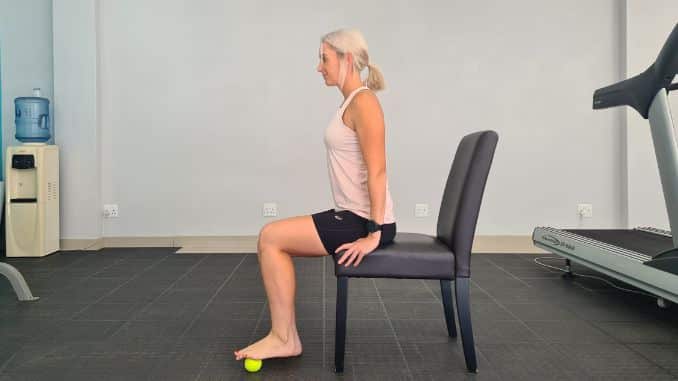 |
 |
8. Calf Raises
- While standing, lift your heels up with your body.
- Hold the position for 7 seconds then down.
- Do this for 2-3 sets
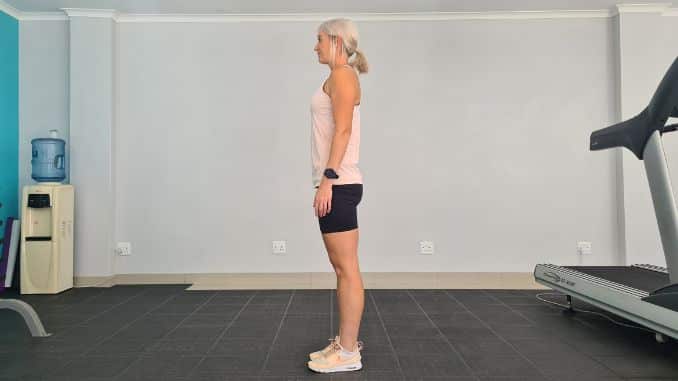 |
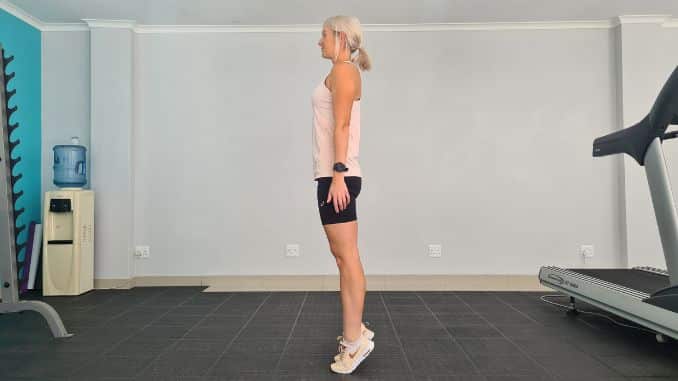 |
9. Towel Curls
- Sit on a chair with a towel spread across your feet
- Using your toes, scrunch the towel as much as you can
- Do this for 5 mins.
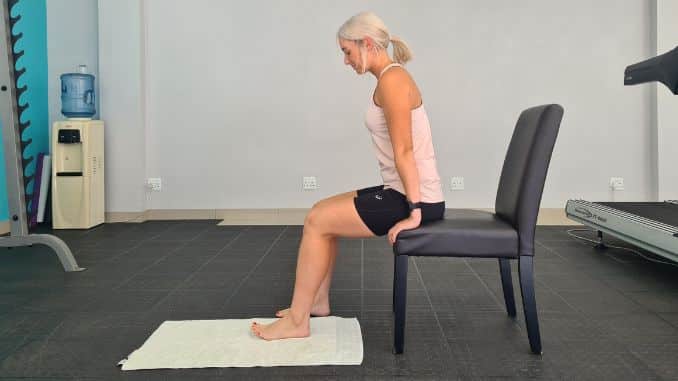 |
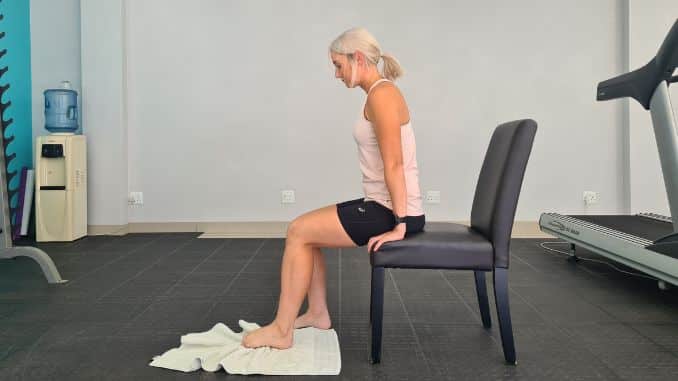 |
10. Low Back Tightness
Low back tightness is a common result of bad postural habits of everyday activities like hunching forward while attending to your garden, slouching on your office chair, or lifting heavy objects by bending your back.
11. Windshield Wipers
- Lie on your back & bend your knees.
- Slowly drop your knees down on your right side.
- Return to starting position
- Continue for 1 minute. Do this on the other side as well.
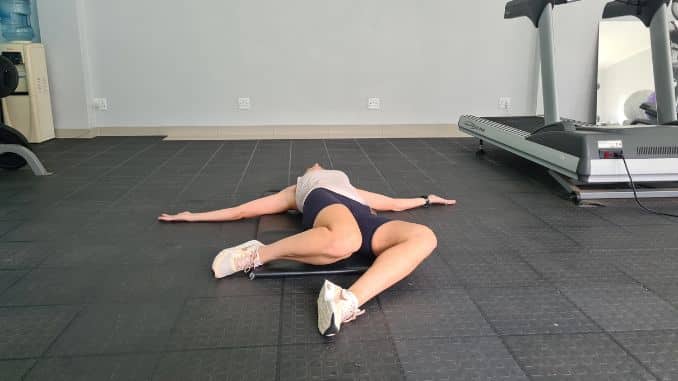 |
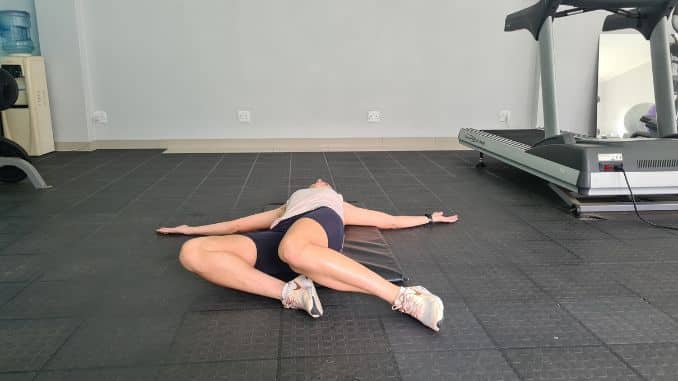 |
12. Cat Camel
- Begin in a four-point position, with your hands underneath your shoulders and your knees underneath your hips.
- Contract your abdominal area. Round out your mid back slowly and drop your head toward the floor.
- Then, alternate by bringing the head up and arching your midback. Repeat the movement, alternating directions.
- Start with one set of 5 repetitions.
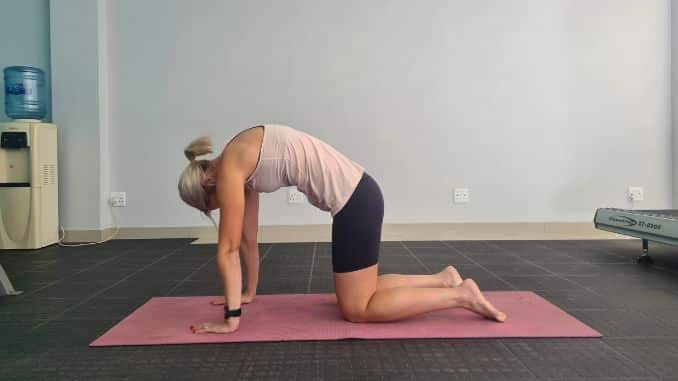 |
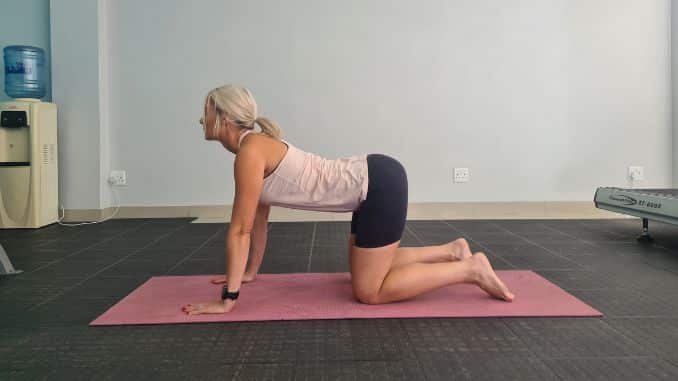 |
13. Child’s Pose
- Kneel on the ground. Sit your butt on your heels with the tops of your feet flat on the ground.
- You can put a foam roller between your calves and butt if that’s an uncomfortable position.
- Keep your butt back and reach your arms forward, folding over with your upper body. Reach your arms as far forward as possible with your elbows straight.
- Lower your forehead toward the ground and allow your lower back to round, stretching your quadratus lumborum muscles.
Takeaway
Maintaining a good posture provides many health benefits including the prevention of conditions such as back pain, spinal injuries, disc degeneration, muscle strain, and more. Regular exercise and stretches help in improving posture.

